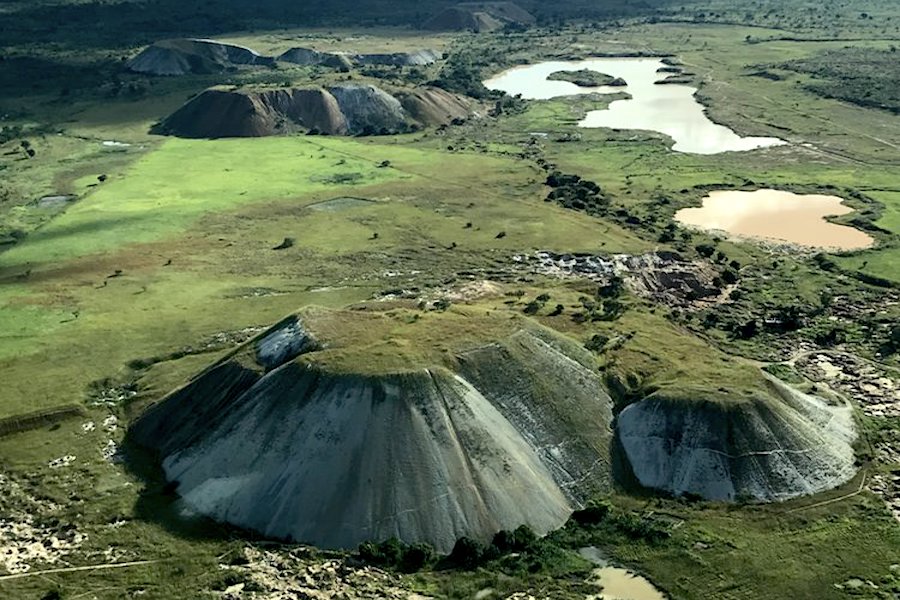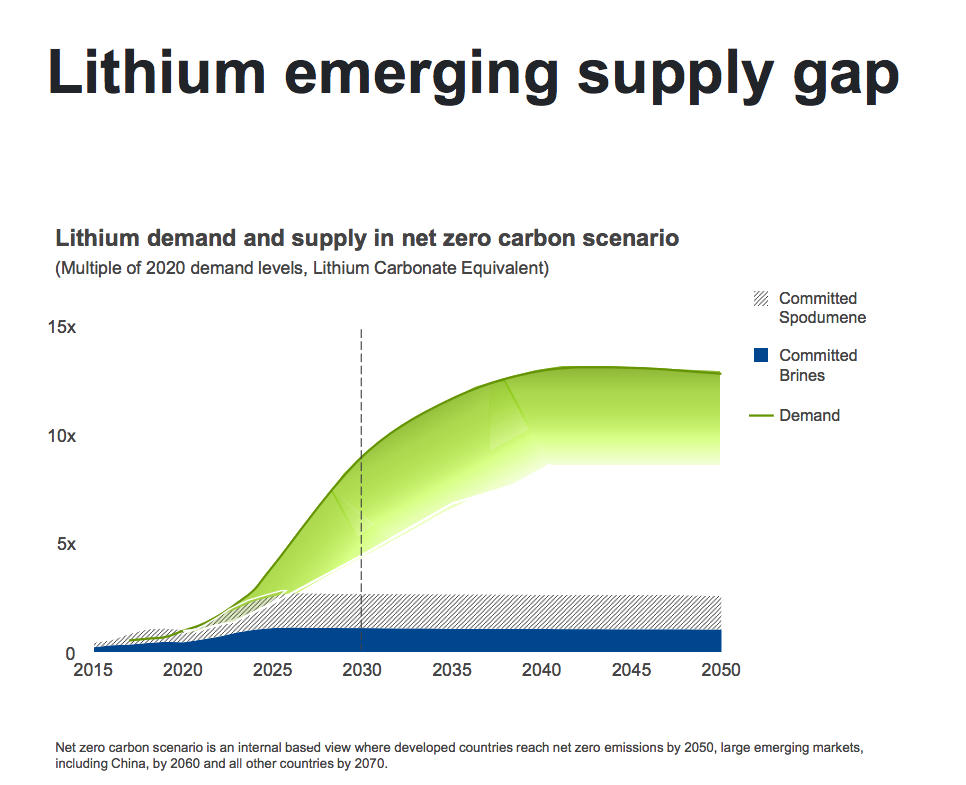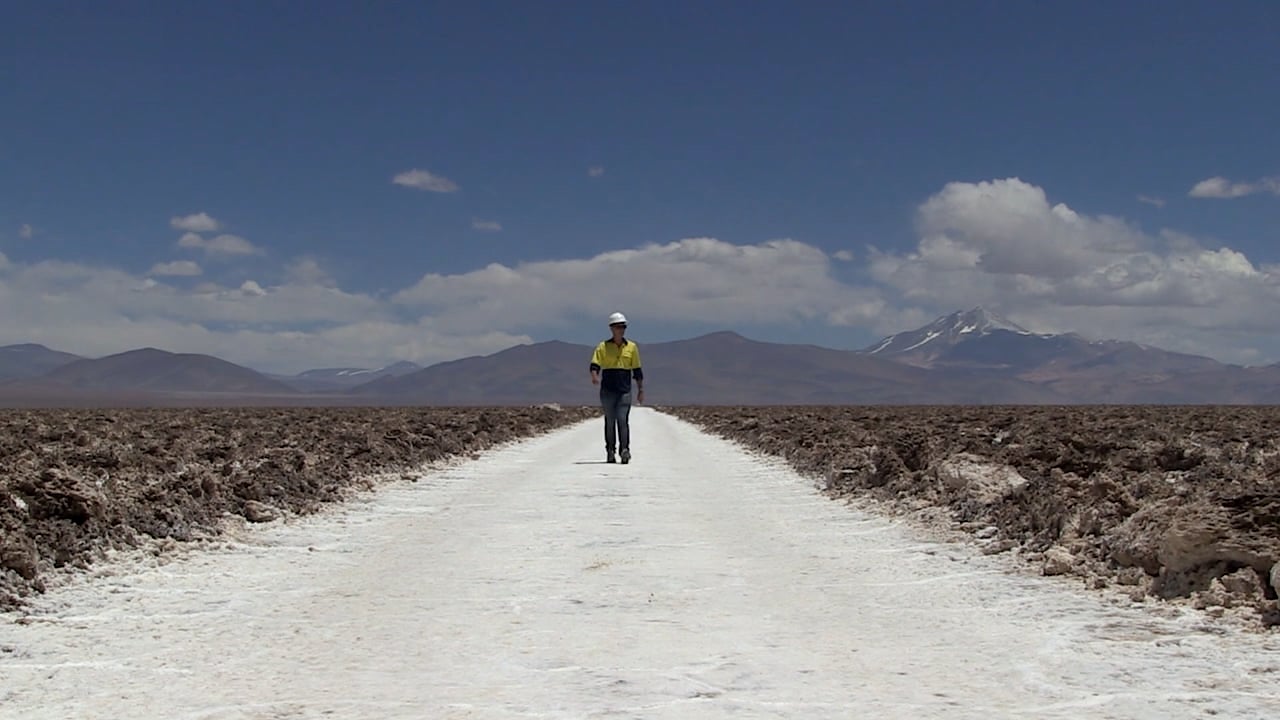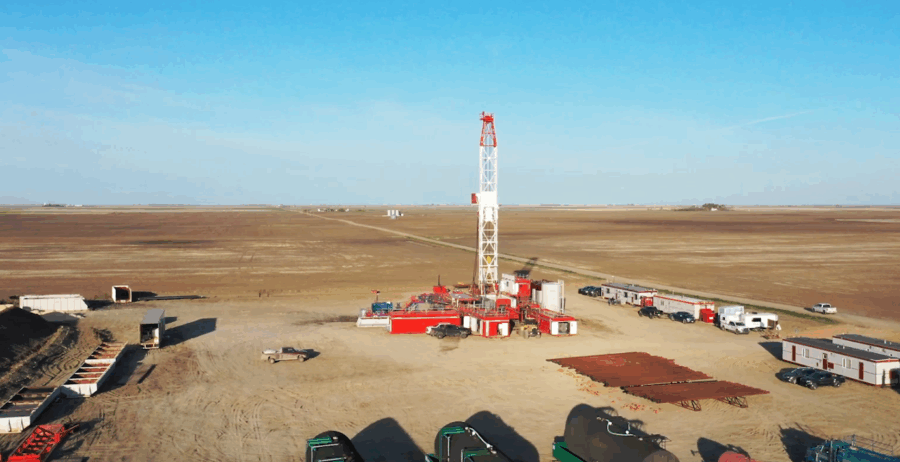Zijin Mining to explore for lithium in DRC

China’s Zijin Mining Group is hoping to tap into the Democratic Republic of Congo’s (DRC) lithium deposits by launching an exploration project in a partnership with state-owned firm La Congolaise d’Exploitation Minière (Cominiere).
The joint venture, called Katamba Mining, has already secured mining rights to two greenfield exploration and mining projects at the periphery of the Manono lithium mine in the DRC, the parties said in a statement.
The move, Zijin says, aims to enhance the company’s “competitiveness in new energy minerals.” It follows a fresh investment in a smelter for its Kamoa-Kakula copper project, which is developing in the DRC with Canada’s Ivanhoe Mines (TSE: IVN) to reduce reliance on third-party smelters.
The Manono lithium-tin project, owned by AVZ Minerals (ASX: AVZ) holds lithium oxide reserves pegged at 8.78 million tonnes.
The Australian miner is developing the mine with the help of Chinese capitals. In October, it secured $240 million in funding from Suzhou CATH Energy Technologies (CATH), jointly owned by Pei Zhenhua and Chinese battery giant CATL.
Global demand for lithium is rising as the mineral is used in lithium-ion batteries for electric vehicles (EVs).

According to Chilean copper agency Cochilco, the EV industry will dominate demand for lithium in the coming years, accounting for almost three quarters of the battery metal’s consumption by 2030, up from 41% in 2020.
The industry body sees lithium hydroxide taking the lead with about 56% of the total consumption versus 44% for carbonate by the end of the decade. This switch can be mainly explained by manufacturers’ growing preference for nickel-intensive cathodes, which tend to favour the use of hydroxide over carbonate, Cochilco said.
Demand associated with cell phones, computers and tablets and other consumer goods would reach 411,000 tonnes in 2030, compared with the 79,000 tonnes expected for this year.
Supply shortage
The world’s second largest miner, Rio Tinto (ASX, LON, NYSE: RIO), which saw its lithium plans in Serbia crushed last week, sees EV sales accounting for up to 55% of the world’s total light vehicles sales as early as 2030, with about 65 million units.
This means manufacturers would need about three million tonnes of lithium, compared with the roughly 350,000 tonnes they consume today.
Existing operations and projects combined, however, are slated to contribute one million tonnes of lithium, Rio Tinto has warned.

Experts say the world’s shortage of lithium had been forecast to last for another three years at least, but with the cancellation of Rio Tinto’s Jadar lithium, project, the shortfall would be exacerbated.
“We’re at the point now where lithium supply is going to set the pace of electric vehicle rollout,” Credit Suisse analyst Saul Kavonic said.
A recent report by the International Energy Agency (IEA) recommended governments start stockpiling battery metals, noting that lithium demand could increase 40-fold over the next 20 years. IEA executive director Fatih Birol said this would become an “energy security” issue.
China dominates lithium processing, while mine supply largely comes from Chile and Australia.
(With files from Reuters)
{{ commodity.name }}
{{ post.title }}
{{ post.date }}



Comments